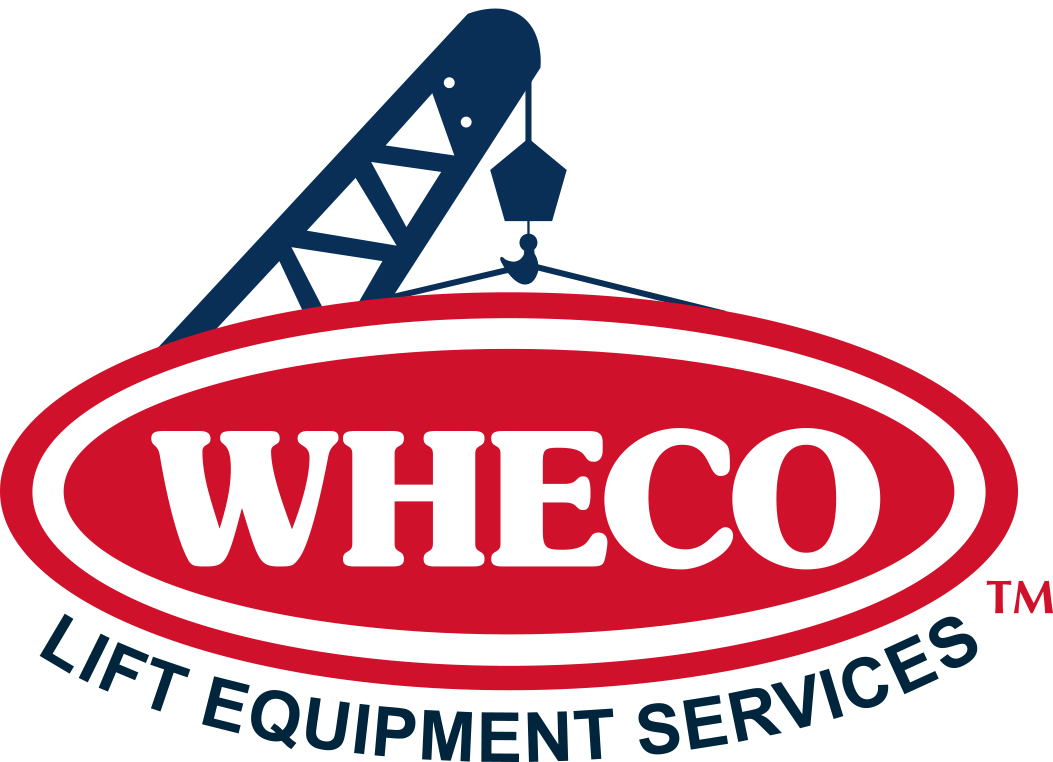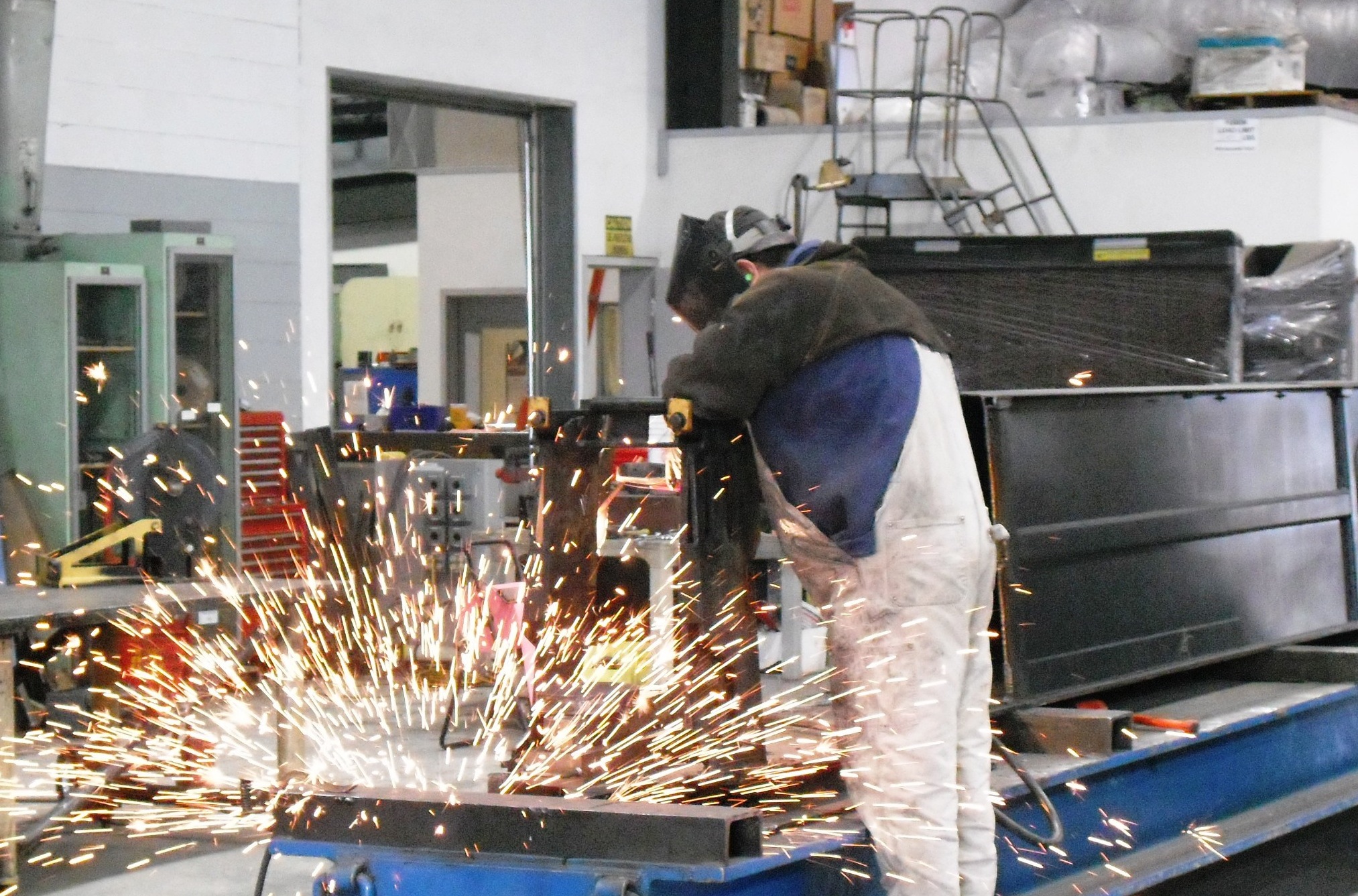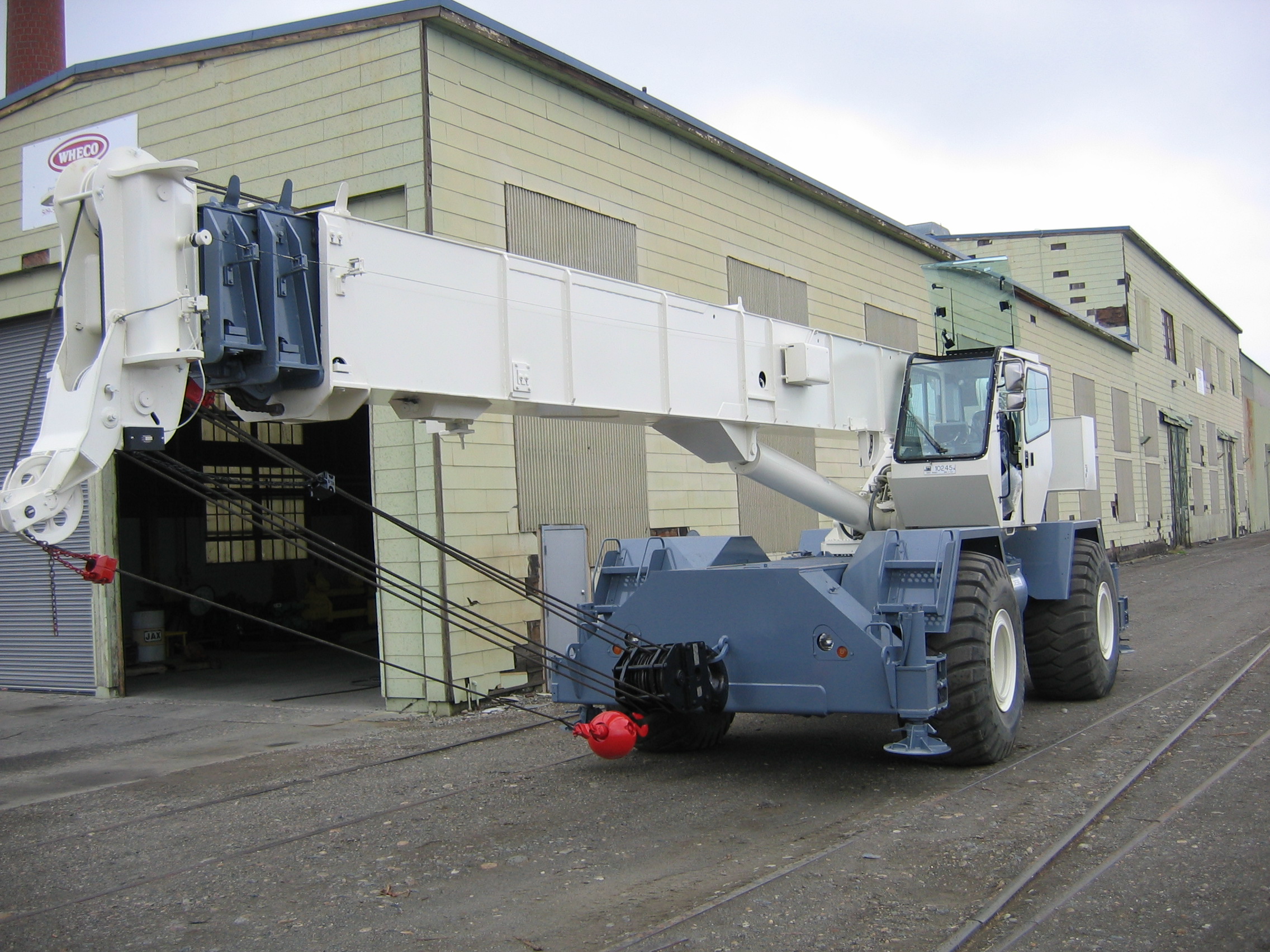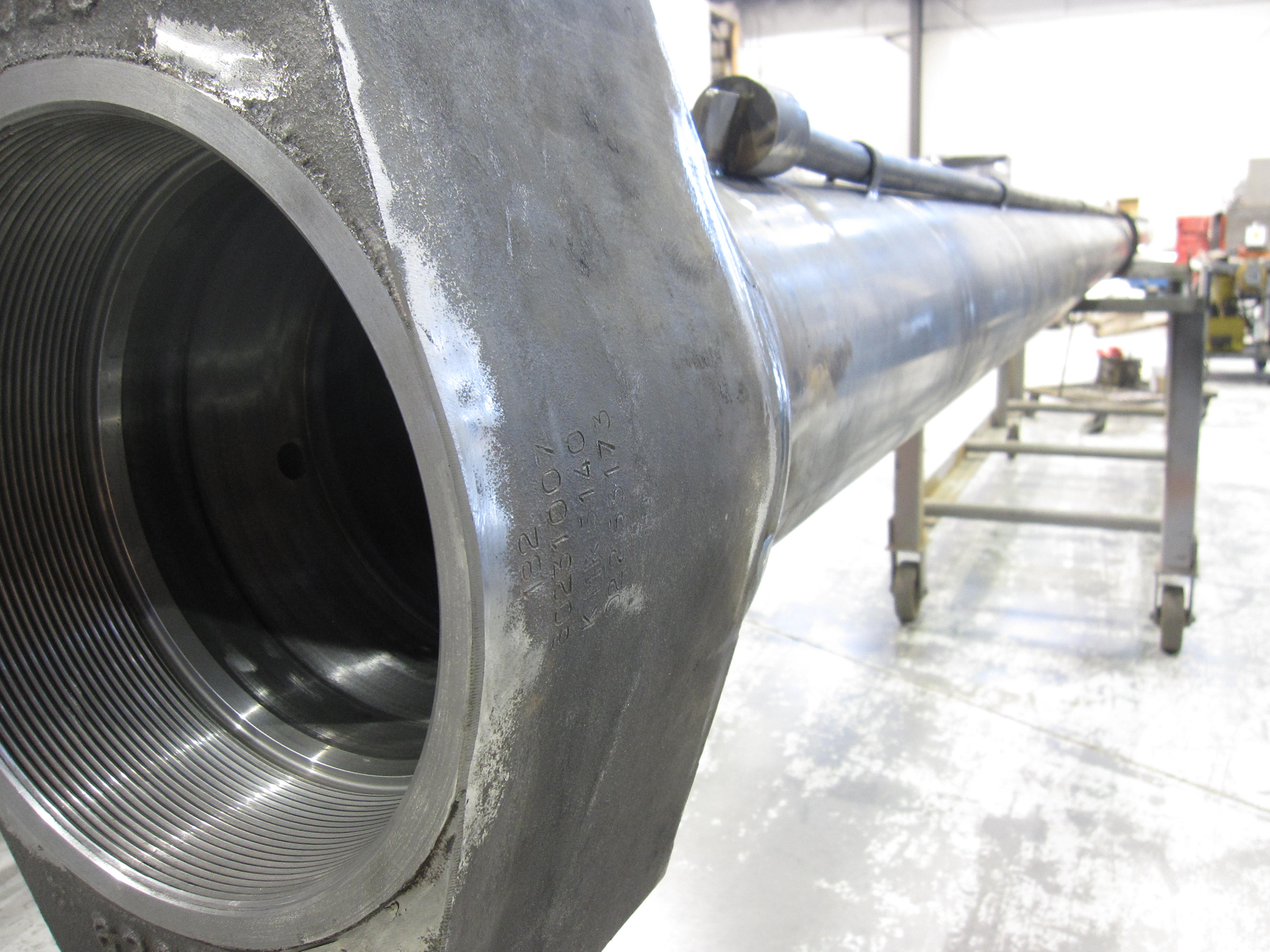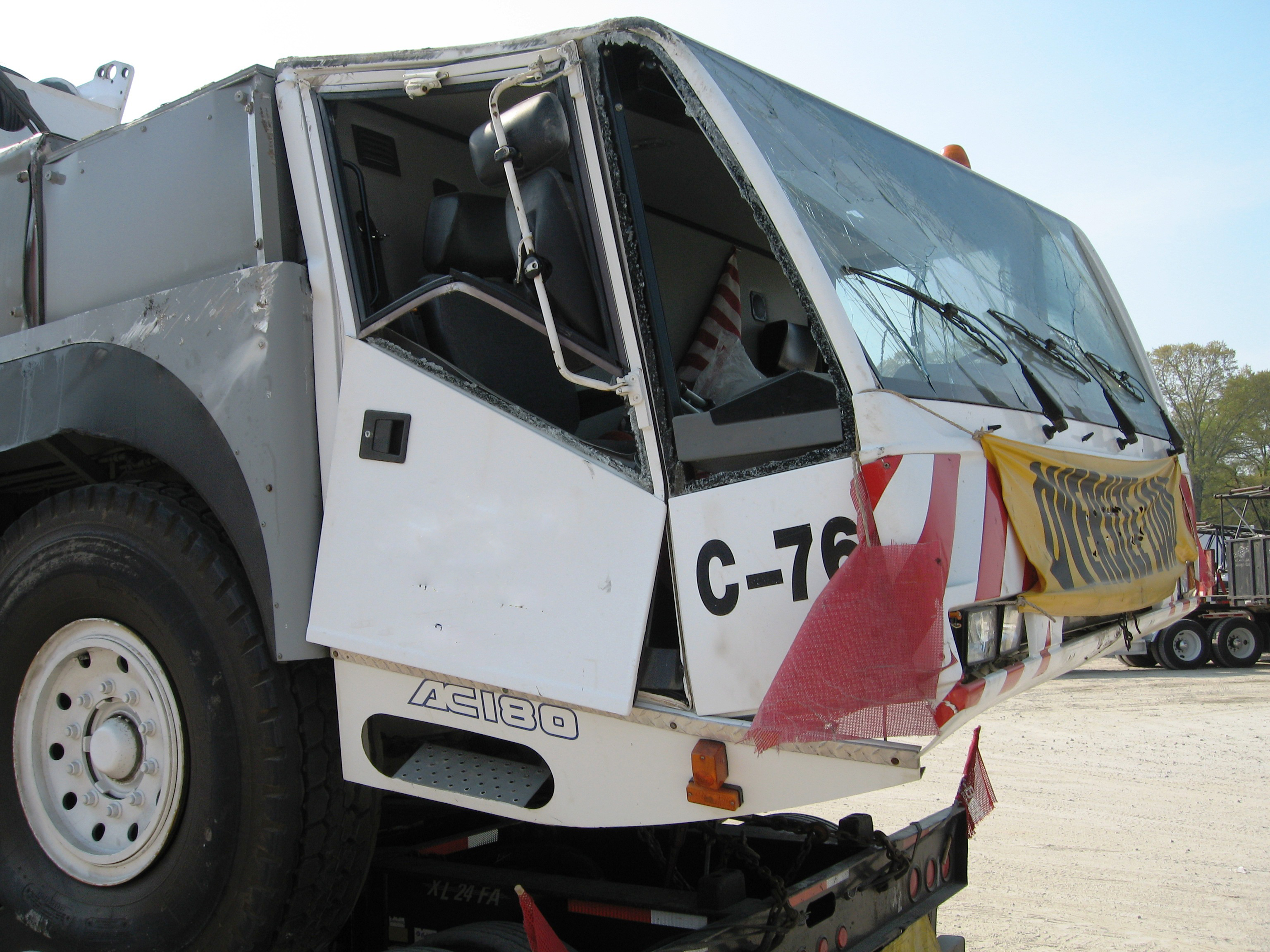 By Mark Williams
By Mark Williams
As hydraulic cylinder designs and applications have evolved, deciding whether to repair or replace a damaged cylinder has become ever more challenging for equipment managers.
For standard cylinders, equipment owners usually have many capable repair facilities to choose from. The challenge comes when a cylinder’s bore (inside diameter), length, and design type overshadow a repair facility’s equipment capabilities and experience.
In this situation, the cylinder’s owner should make sure the repair facility can physically handle the cylinder, and more importantly, that its technicians are familiar with the cylinder’s design and application. These considerations may limit your options for having a cylinder repaired, or may simply make repair impossible. Unfortunately, and all too often, the cylinder owner discovers this too late.
It is also important to remember that various cylinder components such as the barrel, cylinder base or cap, cylinder head, piston rod, rod glands, seals, and cushions can be repaired or replaced without having to dispose of the complete cylinder.
A fully integrated and properly staffed repair vendor should be able to provide customers with accurate hydraulic cylinder repair options. I always say that a customer can live with bad news, but they can’t live with bad information.
The goal should be to provide a safe, high-quality, time- and cost-effective repair that puts the customer back into revenue-generating service. Also, a repair facility should always work to mitigate a customer’s financial exposure—without compromising the quality of the repair.

When evaluating a service provider’s familiarity with the designs and applications of your cylinders, consider the types of cylinders that you may bring in for repair, such as single- or multi-stage telescopic cylinders, internally or externally ported cylinders, and those with holding or sequencing valves.
As for application, it is important to know how the cylinder is used and how often the repair facility works on cylinders for that application. It’s important to know the type of equipment in which the cylinders are used, such as cranes, aerial work platforms, rough-terrain forklifts, excavators, and the like.
Lastly, and equally important, determine the economics of the decision to repair a damaged or worn cylinder. Making this decision requires knowledge of variables such as product and component availability, repair lead time, downtime costs, and full replacement cost. The chart above is designed to help in making decisions. More than half of the 12 cases shown in the chart lean towards repair. A re-manufactured hydraulic cylinder will most often cost less than a new cylinder, and if the work is performed in a time-effective manner by a reputable company, repair will probably be your best option.
Repairing and rebuilding hydraulic cylinders can be a smart, cost-effective way to extend the working life of your equipment without replacing an expensive hydraulic cylinder. Finding a trusted and qualified vendor will make those decisions easier.
This Post originally appeared in the March-April 2012 issue of Lift and Access Magazine where WHECO contributes articles about repairing cranes and other heavy equipment.
Authored By Mark Williams, Vice President, WHECO Corporation
